Post/video summary
Humans need other humans to be mentally and physically well.
But the places where people gather and connect are changing—and that’s impacting our health and society.
We’re talking with Gwendolyn (Wendy) Bounds, author of the Not Too Late Substack and a book called Little Chapel on the River that dives deeply into this topic. Wendy and I talked about:
What Wendy learned about community, connection, and resilience while hanging out and helping out at a hole-in-the-wall pub and country store in Garrison, New York.
How local gathering spaces have changed over the last 40 years and how that impacts resilience and health.
The importance of “third places”—places outside of home and work that you can “physically gather with others to celebrate, mourn, exchange ideas — and if you're lost, feel a little bit found,” as Wendy put it.
How technology has altered human interactions, and why finding a positive online community is so important.
How political conversations have changed over the last 20 years.
The differences in the resilience that came after 9/11 versus after the COVID-19 pandemic.
How Wendy found community in the world of obstacle course racing.
We want to hear from you:
Post a comment on your thoughts about community and where you’re finding it today.
Watch the video above or listen to the podcast for the conversation.
Housekeeping
This post, like all Monday posts and their audio/podcast version, is free to all subscribers to Two Percent.
Full access to Wednesday and Friday posts is for Members. Become a Member:
ICYMI:
On Wednesday we covered why steps are as important as exercise (and some initial numbers on how accurate WHOOP’s new step counts are).
Friday’s Expedition post covered an abs exercise I love and why fit people criticize Ozempic—and much more. It also had a healthy and enlightening debate about Ozempic in the comments.
Audio/podcast version
Context for the video and podcast
The conversation in the video and podcast started 20 years ago. That’s when my mother dragged me to small town on the Hudson River to find a bar. Funny thing is, my mom doesn’t drink.
She’d read a book called Little Chapel on the River.
The book is a love story—but not about a person. It’s a love story about a place in time: Guinan’s pub in Garrison, New York, right after 9/11.
Gwendolyn (Wendy) Bounds was living a few blocks from the World Trade Center towers and heard the planes impact.
In the chaos of looking for a new place to live after the attacks, she happened upon Guinan’s. The place provided calm and comfort in the chaos. She never left Garrison and even ended up chipping in to sling beers or make sandwiches at the pub.
Guinan’s was the center and life of the community in Garrison—one of those places where anyone from any background could show up and quickly find friends and conversation.
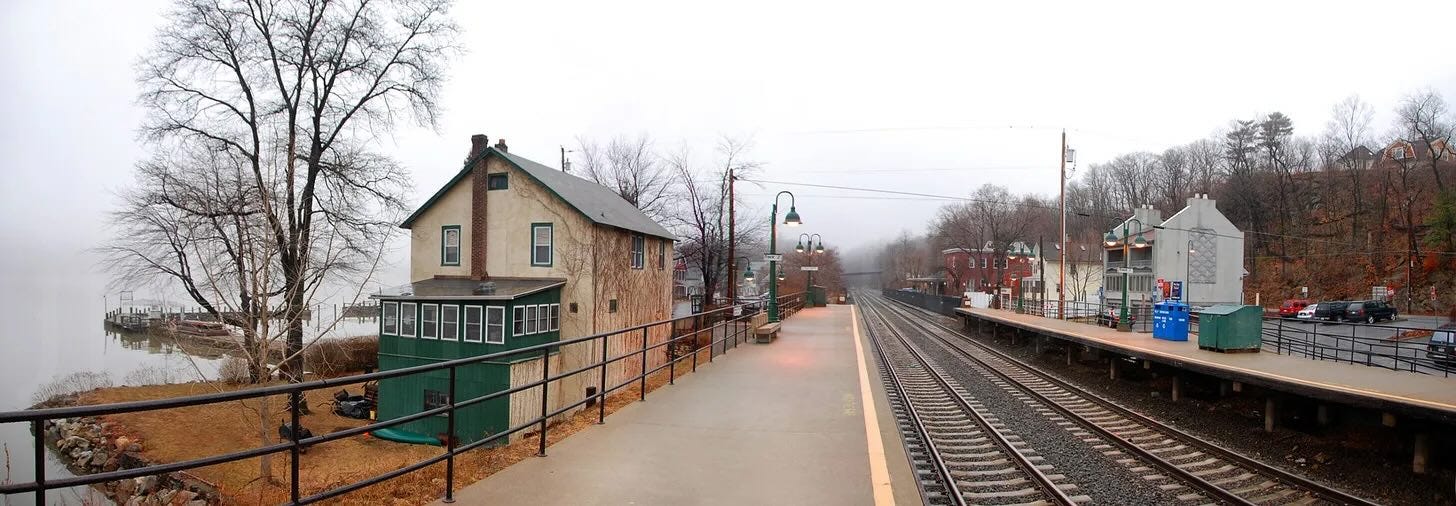
Fast forward 20 years and I’m telling my mom about the Two Percent Don’t Die Event from April. She asks me, “So, like, what kind of people come to an event called ‘Don’t Die?’”
And I rattle off a few names and their backgrounds. Then I say, “And there was a woman named Gwendolyn Bounds who was a reporter at the Wall Street Journal and …” My mom cut me off.
“Gwendolyn Bounds?! That’s the woman who wrote Little Chapel on the River—that pub on the Hudson I dragged you to years ago.”
Funny how things work out.
So I read Little Chapel on the River. And it’s a wonderful book—capturing a time and place and energy that I wanted to be a part of.
We’ve all had places in our lives where we could show up and be totally comfortable. Maybe it was a church, a bar, a friend’s house, a club, a gym.
We went to bullshit with others.
We went to be part of something larger than ourselves.
We went to be seen, heard, and found.
I’ve had those places in my life—but not recently.
After reading Little Chapel on the River, I wondered if we still have places like that.
If yes, in what form?
If not, what are we missing out on, and how do we find them?
These questions matter.
We’ve all heard that we’re facing a “loneliness” crisis. The implication is that we’ve got something internally wrong with us.
But I wonder if the crisis is actually more external. Our cities and towns have changed in ways that give us fewer place to gather.
We gather less. The numbers:
In the 1980s, 80 percent of people spent time socializing with friends at least once a week. But today, that number is 47 percent.
In the 1980s, people averaged about 60 to 70 hours a week of face-to-face conversation with others in work, family, and social life. That figure is now down to 24 hours.
Younger generations spend about 11 fewer hours per week socializing with friends than previous generations did at the same age.
In 1980, 50 percent of people had regular interactions with their neighbors. Today that figure is 26 percent.
In 1980, 70 percent of Americans regularly attended a local church. Now that figure is below 50 percent.
In 1980, half of Americans volunteered in their local community. Now the figure is 25 percent.
Meanwhile, in 1980, 70 to 80 percent of all restaurants and bars were local or family-owned. Chains accounted for just 20 to 30 percent of restaurants and bars.
Today, restaurant and bar ownership has flipped. Now chains make up 70 to 75 percent of restaurants and bars.
I think the dwindling of local gathering spaces—whatever they may be—is a big reason we interact less and report feeling more lonely.
After reading Wendy’s book, I began emailing her about this topic. Her responses were wise and wonderful.
So we decided to jump on Zoom call and chat about it.
Enjoy our conversation. I’ve uploaded it into podcast form, or you can watch the video above.
If you’d rather read a transcript, hover your mouse over the video. Then click the icon that looks like a sheet of paper in the bottom control bar.
Have fun, don’t die, find your Guinan’s pub.
-Michael
Partnered with GOREWEAR
GOREWEAR designs outdoor gear for Two Percenters. Their products are tailored for endurance athletes and elevate our experiences across the best and worst weather conditions. GOREWEAR leverages the most cutting edge science and deeply comprehends the challenges endurance athletes encounter—leading to gear that works. No matter what Earth throws at us. Always. Use code EASTER30 for 30% off your next order. Discover more at www.gorewear.com.
Partnered with GORUCK
When I decided to accept sponsorships for this newsletter, GORUCK was a natural fit. Not only is the company's story included in The Comfort Crisis, but I've been using GORUCK's gear since the brand was founded. Seriously. They've been around ~12 years and I still regularly use a pack of theirs that is 11 years old. Their gear is made in the USA by former Special Forces soldiers. They make my favorite rucking setup: A Rucker 4.0 and Ruck Plate.
**Use discount code EASTER for 10% off**
Partnered with Maui Nui Venison
Axis Deer provides the healthiest meat on the planet. That's according to researchers at Utah State, who compared axis deer meat to beef and found that it contains 1 to 64 times more antioxidants, vitamins, minerals, and healthy fats. It also contains 53% more protein per calorie than beef. Equally important is that Maui Nui solves ethical considerations around meat. Axis Deer are an invasive species ravaging the Hawaiian island of Maui, and Maui Nui harvests the deer at night in a stress-free way, improving the ecosystem.
My picks: I like it and eat everything from Maui Nui, but the 90/10 Organ Blend is particularly great for people looking to get more micronutrients in their diet, and the Jerky Sticks are my go-to travel snack.
**Use discount code EASTER for 20% off.**


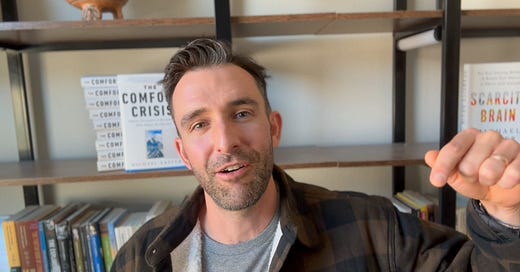


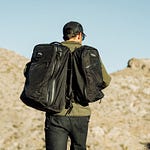

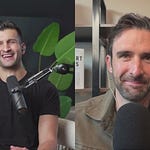
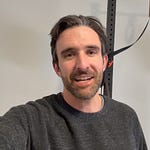

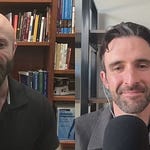
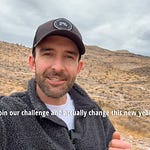
Share this post